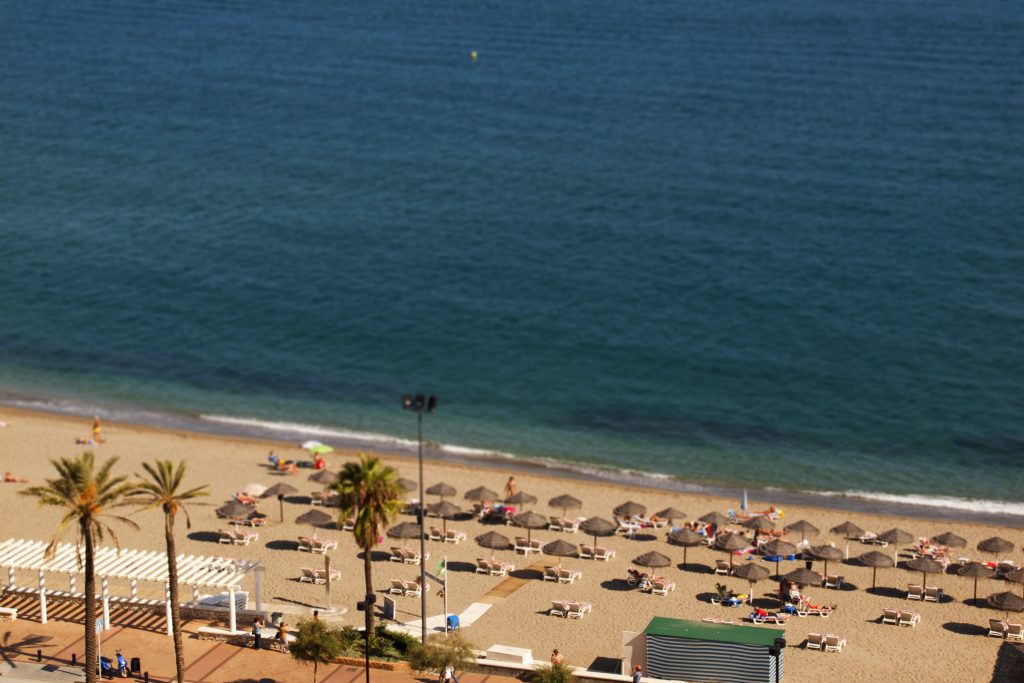Skift Take
Despite facing plenty of challenges, Spain saw a healthy growth in international tourists in 2017. But this year is likely to be tougher because of Barcelona's troubles and with places like Turkey regaining some of their popularity.
Spain has jumped above the U.S. to become the second biggest tourist destination, according to new estimated figures.
Despite facing a number of significant challenges in 2017, around 82 million tourists visited the country in 2017.
The preliminary figure, which uses data for the first 11 months of the year and an estimate for December, would likely put it ahead of the U.S. and behind France in terms of overall numbers.
Spain’s position as the official world number two looks almost certain because of the dreadful year the U.S. is having.
France, meanwhile, expects a year-on-year improvement. Jean-Yves Le Drian, Minister for Europe and Foreign Affairs, said in September that “88-89 million foreign tourists will most likely have visited France by the end of 2017, up 5-6 percent compared to 2016.”
Spain’s 2017 Numbers
As well as growing overall numbers, Spain also saw a substantial increase in tourist spending up 12.4 percent to a record $106 billion (€87 billion). Average expenditure per tourist rose 3.1 percent to $1,288 (€1,061).
The UK remains the country’s biggest market. Arrivals climbed 7 percent to 18 million for the first 11 months of the year. Germany was second (11.4 million, +6.1 percent) and France third (10.7 million, +0.4 percent).
Unsurprisingly, Catalonia, which contains the city of Barcelona, was the most popular region to visit, welcoming 18.2 million international tourists between January and November, a 6.1 percent rise. Next were the Balearic Islands, with 13.7 million (+6.2 percent), followed by the Canary Islands with almost 13 million (+7.9 percent).
Why it matters
Beyond national bragging rights, international tourist rankings don’t really matter, but what are important are the overall trends.
Although Spain encountered a number of setbacks during the course of 2017 – a devastating terrorist attack in Barcelona as well as a controversial independence referendum in Catalonia – it still managed an increase in international arrivals.
There are two good related reasons for this: the first is the lag between booking a holiday and going away.
The Barcelona attack happened in mid August and the disputed referendum didn’t take place until October. Some people may have canceled their trips because of either of these events but due to their timing the impact was likely small (as can be seen by the overall rise).
The most recent figures for arrivals to Catalonia show a drop of 2.3 percent in the month of November. Not enough to dent the accumulated annual total but the political fallout from the referendum appears to have done some damage. Indeed, Patrick Torrent, executive director at the Catalan Tourism Agency, said that tourism revenue in the final quarter of year could fall by $520 million.
We’ll have to wait until 2018’s figures are released to see if there has been any lingering impact on tourism.
The second point to consider is terrorism and other geopolitical problems in the likes of Turkey likely increased Spain’s popularity as a tourist destination.
Waning customer demand to places in North Africa and the Middle East forced tour operators like TUI Group and Thomas Cook to shift capacity to Spain.
There are signs, however, that this may be beginning to change, which may lead to Spain seeing a slower growth rate in 2018.
The Daily Newsletter
Our daily coverage of the global travel industry. Written by editors and analysts from across Skift’s brands.
Have a confidential tip for Skift? Get in touch
Tags: barcelona, catalonia, france, spain, thomas cook, tourism, tui, u.s.
Photo credit: A beach on the Costa del Sol. Spain estimates that 82 million tourists visited the country in 2017. Kevin Poh / Flickr
